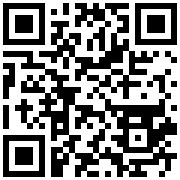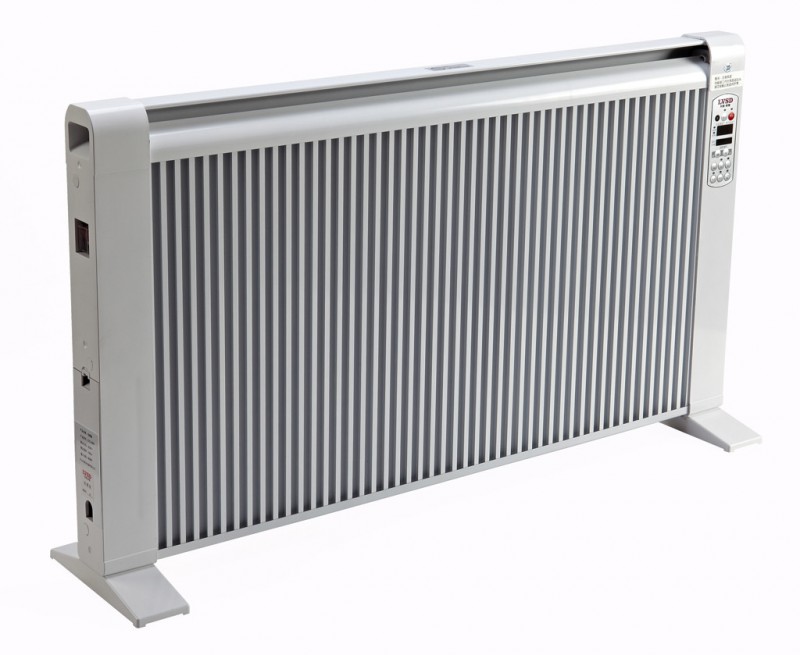Contact: Manager Wang
Phone: 024-82512397
Other phone: 4000330545
Fax: 024-82512397-808
Address: Shenyang, Liaoning Province, China, Liaoning Province, Liaoning Province, China
Company homepage: www.beinuoer.net
1. Installation of electric heater
Most electric heaters do not need to be installed. After you buy them home, you usually need to choose a place, such as a table, floor or other suitable bracket. However, if the power outlet in the room does not meet the requirements, it will need to be installed. When installing, be careful not to place the power socket directly above the heater to prevent the heat from rising and burning the socket, causing power failure. If there are appliances that are prone to sudden changes in current and are frequent, such as microwave ovens, electric hot pots, hammer drills or electric hammers, do not use them with the socket of the heater. A three-hole socket with a ground wire should be used for the power outlet. The Great Wall logo is required for the power outlet or power strip to be used for purchase. It is best to use a regular product with an overcurrent protection for the patch panel. There is also a household electric meter, power lines and sockets (including power switches, etc.) current capacity must be sufficient, generally 2000W or so electric heater, the corresponding current capacity should be about 10A.
The electric heater to be installed is a wall-mounted PTC heater as shown in FIG. Compared with ordinary electric heaters, this kind of heater has a beautiful appearance and a wall-mounted design, similar to a wall-mounted air conditioner, but the installation is much simpler than air conditioning, suitable for hanging in the corner of the room, not occupying a place, especially a bathroom or a children's room. . Because taking a shower in the cold winter, heating is a big problem. The more common method of heating the bathroom in the past few years is to install the Yuba on the top of the bathroom, which is more suitable for the bathroom with moderate height. But now some high-rise buildings are high and low, and after installing the ceiling, the Yuba is installed. The distance from the top of the head is very close. The taste of being rubbed by a large "light bulb" of one or two kilowatts during bathing is very uncomfortable. If you use a wall-mounted heater, it is better. Since the price is not high, it is ideal to install one in each of the bathroom and other rooms.
The following takes the Watson NP180-20 (A) wall-mounted heater as an example to introduce the installation method. The installation of other grades can also be referred to.
The NP180-20 (A) wall-mounted heater is a new generation of products that use PTC ceramic heating materials as heating elements to force warm air convection. Suitable for use in bathrooms, bedrooms, study rooms and reception rooms, it can be used for heating, or when the fan sends out a cool breeze for cooling. NP180-20 is a common (mechanical control) type wall-mounted heater, and NP180-20A is a remote-type wall-mounted heater. The outline of the machine is shown in Figure 6. The layout and description of the switches and indicators in the control window are shown in Figure 7.
When installing, first on the horizontal line 1.8 meters from the ground, at the position shown in Figure 8, hit 3 holes, and hit the cork (wood chop), then use the two accessories for the random attachment. The screws are securely fastened to the horizontal two-hole cork. Subsequently, the wall-mounted heater is hung on the hanging climber. After hanging firmly, use the wood screws to fix the anti-collision safety positioning block above the wall-mounted heater to prevent the heater from being unhooked and dropped due to unexpected situations. Finally, plug the heater plug into the AC 220V power outlet and test it and use it. The installation requirements for the power socket are the same as those described above and will not be described again.

2. Electric heater use precautions
General electric heaters can be used with reference to the random instructions. Here mainly explain the use of attention to the essentials, if you do not pay attention to these essentials, improper use, it is likely to cause the electric heater to malfunction. The following is mainly based on the Watson NP180-20 (A) type wall-mounted heaters (see Figure 6 and Figure 7), and the electric heaters and other types of heaters are appropriately considered.
(1) The correct startup and shutdown operating procedures should be strictly implemented as follows:
A. Start-up operation: Open the air guide door, generally perpendicular to the air outlet, open the “wind” switch, turn on the “semi-heat” switch, and adjust the thermostat knob according to room temperature requirements.
B. Shutdown operation: Turn off the "semi-thermal" switch. After 2~3 minutes, turn off the "wind" switch to close the air guide.
In the above operation, special attention should be paid to turning on the air damper at the time of turning on and turning off the "half-heat" switch for 2~3 minutes, then turning off the "wind" switch. This is beneficial to the heat dissipation of the PTC component and prolong its service life. If you do not pay attention to it, you may cause premature damage to components such as PTC.
(2) If the fan is not turned or the rotation is not smooth after the "wind" switch is turned on, if the wind is not sent out or the wind is weak, the "semi-heat" switch cannot be turned on for heating. It should be used after troubleshooting, otherwise it will easily damage the PTC. Wait for the parts or cause self-protection.
(3) Wall-mounted electric heaters are usually equipped with a temperature controller (temperature controller), which can be adjusted to control room temperature. For the thermostat knob on the left in Figure 7, when the clockwise direction is twisted, the temperature rises, and when it rotates counterclockwise, the temperature drops. Do not over-twist when using, otherwise it will easily damage the thermostat.
(4) In the summer, when the electric heater is used as the “fan”, as long as the “wind” switch is turned on, do not turn on the “semi-thermal” switch. At this time, a cool breeze will be sent out from the air outlet.
(5) For remote-controlled wall-mounted heaters, usually just refer to the instruction manual and press the corresponding button on the remote control to operate the heater. The right side of Figure 7 is the control window of the Watson NP180-20A remote control heater. The function of the remote control button is the same as that of the ordinary NP180-20 heater, but there is no "wind" switch, the fan is according to other The operation of the button requires automatic switching.
(6) When using a wall-mounted electric heater in a bathroom, it should be installed away from the bathtub, or installed in a place where the shower does not splash, and the installation height is generally not less than 1.8 meters. During use, prevent foreign matter from being inserted or water from splashing into the inlet and outlet. At the same time, it is strictly forbidden to use the wet hand to operate the switch and plug of the electric heater.
(7) No matter what type of electric heater, usually no items can be covered on the machine. Because covering the article is easy to cause the heat of the electric heater to be dissipated in time to cause a malfunction such as a burning machine. If you use a special drying rack to dry the clothes, be sure to wring the water to prevent the water from falling into the electric heater and causing an accident.
(8) The electric oil heater must be placed upright and can not be placed upside down or diagonally. Because the electric oil heater heats the heat transfer oil around the heat pipe through the lower heat pipe, so that the heat transfer oil flows in the draft pipe to transfer heat. If it is placed upside down or tilted, it may cause air burning and burn the heat pipe. .
(9) Cleaning the electric heater can not dilute the solvent with gasoline or the like to avoid damage to the outer casing, affecting the appearance or rusting the electric heater. It is best to wipe with a soft cloth dipped in household detergent or soapy water.
(10) If the heater fails or is unexpected, stop using it immediately. If oil leakage, abnormal sound, and no hot air are found during use, stop using it immediately and perform maintenance. Please see the decomposition below for details.
KeyWord:
Address:4-15-1, Block C, Shenyang Fortune Center, 55 North Station Road, Shenhe District, Shenyang TelePhone:4000330545 MobilePhone:12482512397 E-mail:info@beinuoer.com